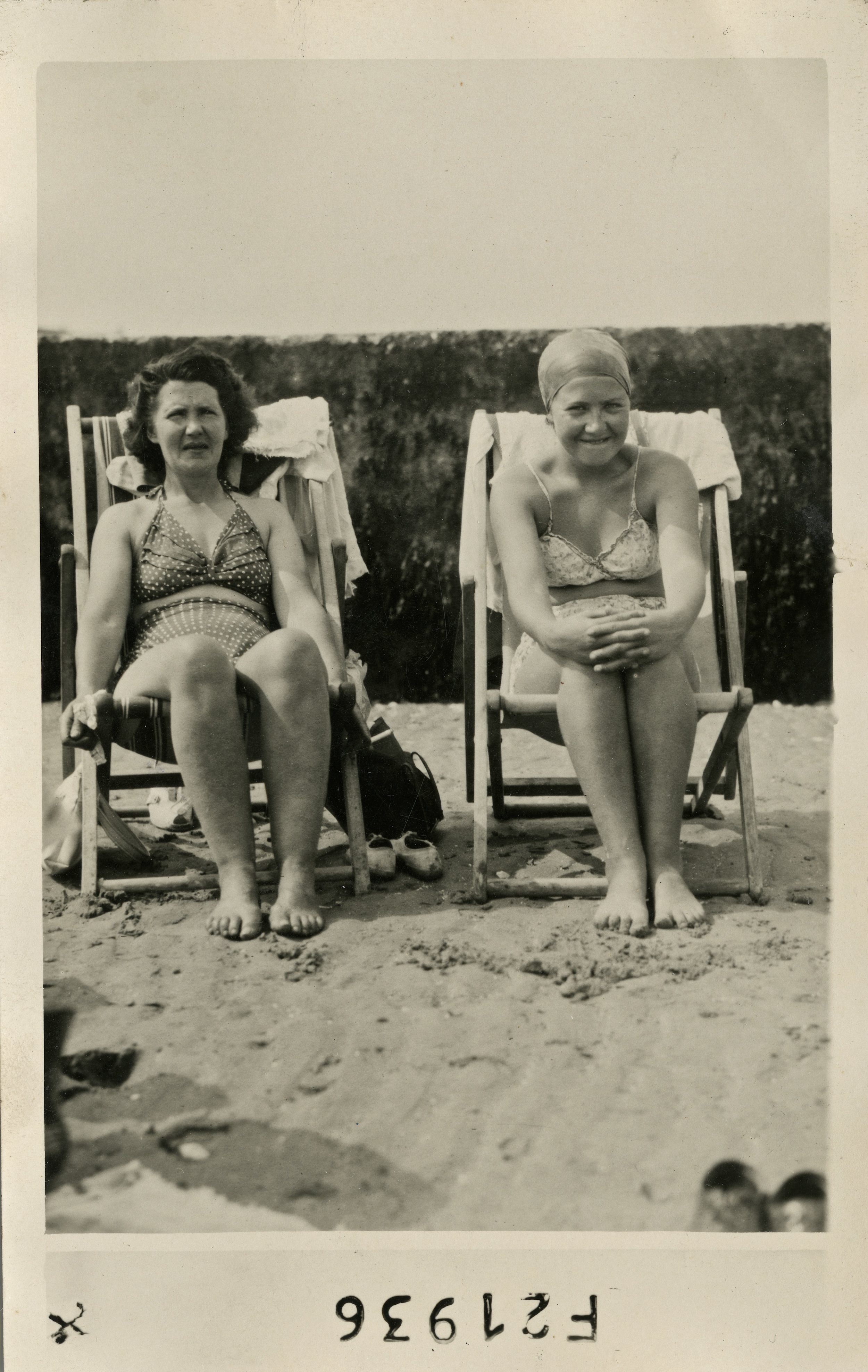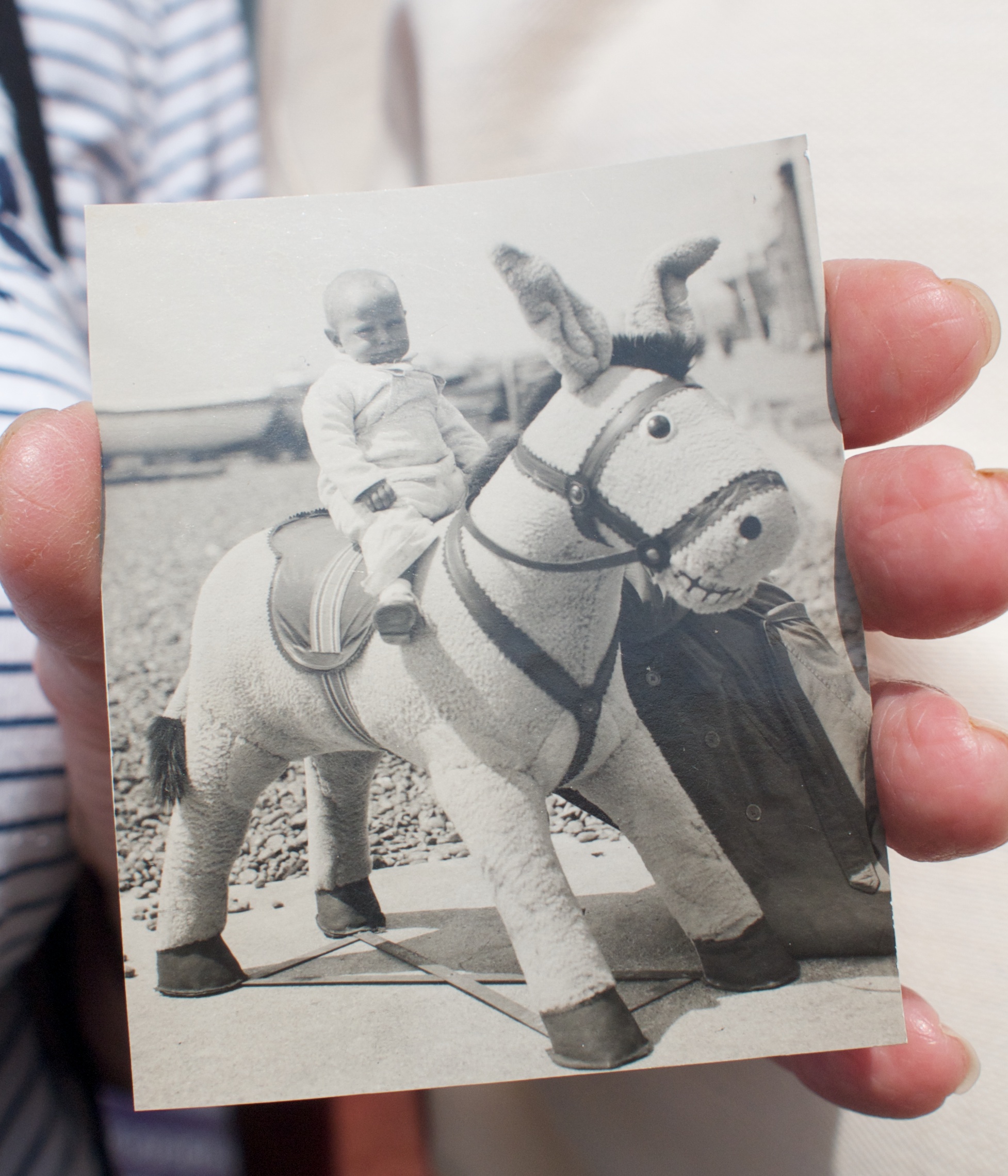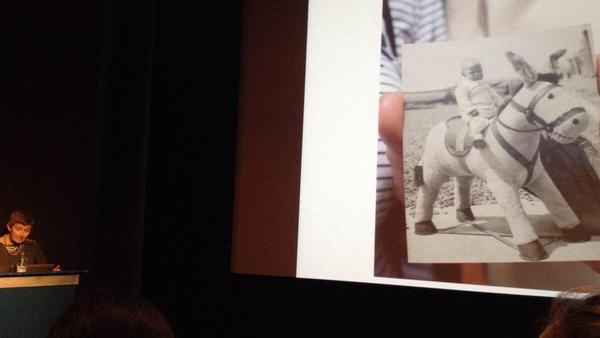Abstract: This illustrated artist paper sought to provide insight into contemporary creative practice-based research, exploring themes of human ruin, (re)membering and remembrance. In doing so, the research specifically examined and contextualised the photographic series Aftermath (Shepherdson, 2014) which was commissioned to commemorate the centenary of the First World War’s start. Aftermath in reappropriating the found images of Ernst Friedrich’s 1924 Krieg dem Kriege examined ‘ruination’ relating to the human form, a form all too vulnerable to mechanical warfare. In addition the paper discussed how physical vulnerabilities might be translated forcefully, yet simultaneously tenderly, through images of the damaged human face.
The presentation demonstrated Aftermath’s use of the esoteric photographic technique of emulsion lifting, whereby the photographic emulsion - similar to that of a fine layer of skin - is lifted away, re-echoing the fragility of the face and the utter devastation at its loss. As Sally Minogue comments “The damaged face was one of the most difficult disfigurements for a surviving combatant to bear because of the public response of disgust and rejection, as well as the sufferer’s own deep loss of confidence and sense of identity. In facing Shepherdson’s photographs we take on a responsibility to face up to what modern warfare means” (2014:23).
A characteristic of emulsion lifts are tears and creases which subsequently require slow, gentle teasing and stroking out by hand using soft natural bristle brushes. This act of stroking and easing the face back into shape is of course in sharp distinction to the moment of facial destruction. The specificity of this process also limits scale and thus distils each work into a unique artefact with consequent ‘flaws’ accepted and welcomed. In considering photography’s potential to connote human fragility and ruin, the paper will draw upon the salient writings of Derrida, Sontag and Berger.





